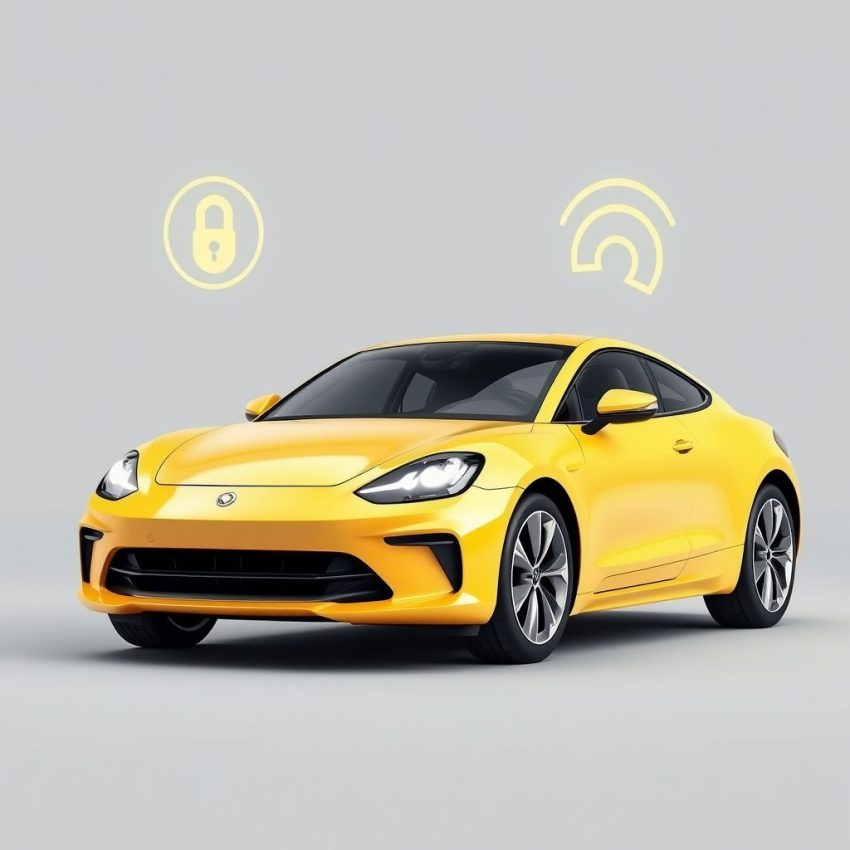Drive-By Hacking: Security Flaws in [Carmaker Name]'s Portal Allow Remote Car Unlocking
The automotive industry is rapidly embracing technology, connecting our cars to the internet and offering convenient features through online portals. But what happens when those very portals become gateways for hackers? A recent discovery highlights a critical security vulnerability in [Carmaker Name]'s online portal, allowing a single hacker to remotely unlock vehicles from anywhere in the world.
This isn't a theoretical threat; security researcher [Researcher Name/Team Name] demonstrated the vulnerability, exposing a shocking lack of robust security measures within the system. The flaw exploited a combination of [briefly explain technical vulnerabilities, e.g., unprotected APIs, insecure authentication, SQL injection, etc.]. By cleverly manipulating [explain the method, without going into excessive technical detail, e.g., requests to the server, exploiting a poorly implemented authentication system], the researcher was able to gain unauthorized access to vehicle data and remotely execute commands, including unlocking car doors.
The implications are staggering:
- Theft and vandalism: Unlocked cars are prime targets for theft and vandalism. Imagine the impact on owners, facing the loss of their vehicles and personal belongings.
- Privacy violations: Access to vehicle data can expose sensitive information about the owner's location, driving habits, and potentially even personal contacts stored within the car's infotainment system.
- Larger-scale attacks: This vulnerability doesn't just affect individual car owners. A large-scale attack could cripple entire fleets of vehicles, causing significant disruption and potentially endangering lives.
What [Carmaker Name] needs to do:
[Carmaker Name] needs to act swiftly and decisively to address this critical security flaw. This goes beyond a simple patch; a comprehensive security audit of their entire online infrastructure is essential. This should include:
- Immediate patching of the identified vulnerabilities: This is the most pressing action to prevent further exploitation.
- Independent security audits: Engaging reputable security firms to conduct thorough penetration testing to uncover any further vulnerabilities.
- Improved authentication and authorization mechanisms: Strengthening security measures to prevent unauthorized access to sensitive data and vehicle controls.
- Transparent communication with affected customers: [Carmaker Name] must inform affected customers about the vulnerability, the steps taken to mitigate it, and any potential risks.
This incident serves as a stark reminder of the growing importance of cybersecurity in the automotive industry. As cars become increasingly connected, manufacturers must prioritize robust security measures to protect their customers and their vehicles from malicious actors. We urge [Carmaker Name] to take immediate action and prevent this vulnerability from being exploited further. The safety and security of their customers depend on it.
What can you do?
While waiting for [Carmaker Name] to resolve the issue, consider these steps:
- Update your vehicle's software: Check for any available software updates for your car's infotainment system.
- Enable two-factor authentication (2FA): If your [Carmaker Name] account supports 2FA, enable it immediately.
- Monitor your account activity: Regularly review your account activity for any suspicious logins or unauthorized access attempts.
This situation underscores the need for greater transparency and accountability in the automotive industry's cybersecurity practices. We will continue to monitor this situation and provide updates as they become available.
(Note: Replace bracketed information with specific details.)
Don’t miss out on this exclusive deal, specially curated for our readers! Discover unbeatable flight + hotel deals
This page includes affiliate links. If you make a qualifying purchase through these links, I may earn a commission at no extra cost to you. For more details, please refer to the disclaimer page. disclaimer page.

